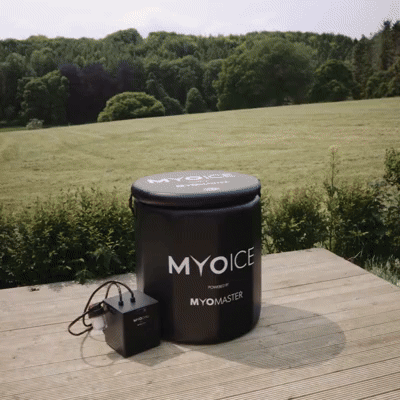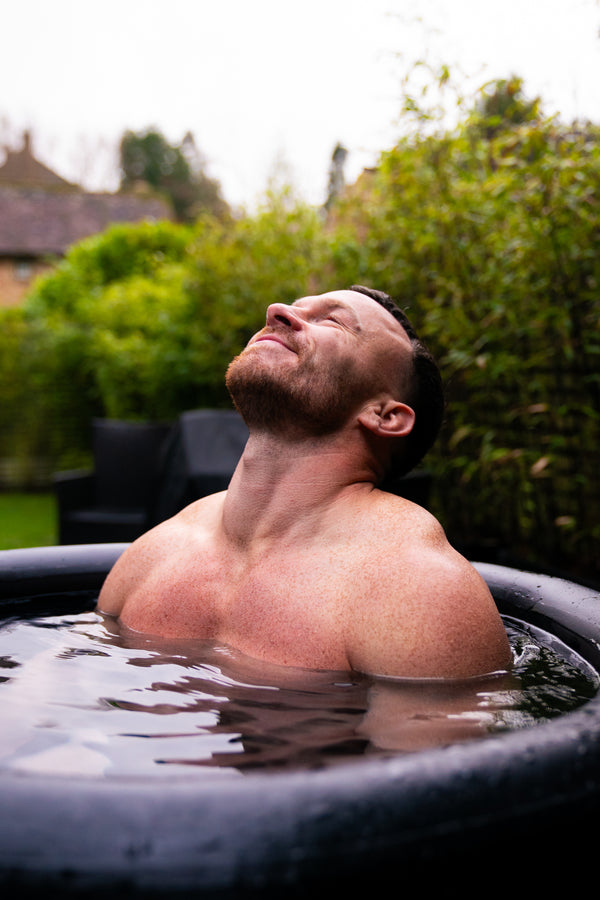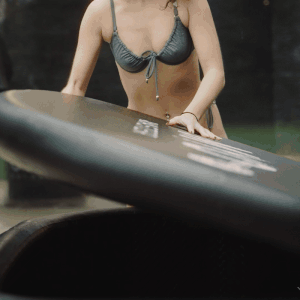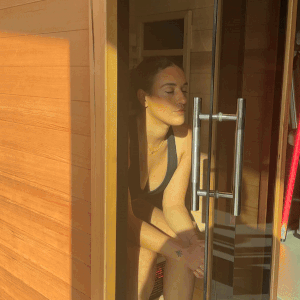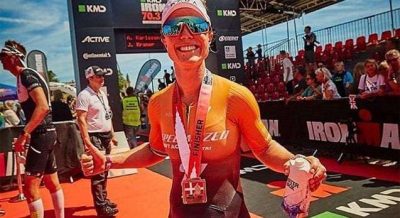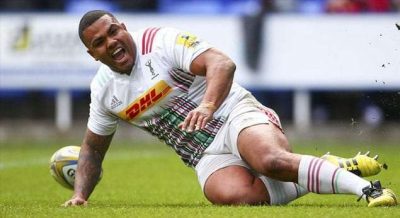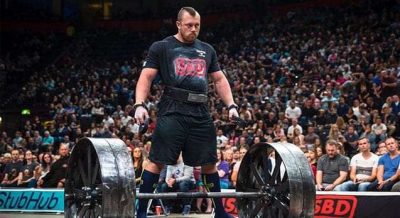We chat to Saracens player and MyoMaster co-founder about his passion for recovery, devastating injuries and the power of positivity.
How does recovery play a role in your weekly schedule?
I’m pretty lucky that this is my 13th season as a professional rugby player, over that time recovery has developed from a quick five minute cool down on the edge of the pitch to now having full time sports scientists in the club looking at your loading, GPS data and creating defined recovery schedules. It’s developed over 13 years more than you can imagine, it’s given me a lot of knowledge about what works and what doesn’t and just how important recovery is. As I get older and the years of playing take their toll it really is a vital part of my everyday. Seeing how it’s changed the game has been amazing. I only wish I’d been doing everything I do now at the start of my career.
What does a typical day’s recovery look like for you?
I do a glute fire up before every single training session. I have a deep tissue massage nearly every day and I use our product the MyoPulse which is an EMS, TENS and massage system all in one. I use the EMS setting regularly to fire up my quads and protect my knees. I use the TENS on my lower back and the massage after large training days. I’m also a big fan of recovery leggings and wear them before and after every game to help reduce swelling and lactic acid. I also use calf sleeves in pre-season when I’m doing excessive running.
Why did you start a recovery business?
I’ve had issues with injury throughout my career so recovery has always been a big part of my routine. Last season I was suffering with achilles tendonitis and after training my calves were so sore I was struggling to walk. After training one day I started playing with some tools and dismantled them all and created a massager. I ended up taking it into training the next day to use on my calves and it made a huge difference.
All the lads in the Quins changing room thought it was hilarious and were taking the mick out of me because I’d taken my tool in, I left it in the changing room and when I returned they were all using it and raving about how good it was. England player Kyle Sinckler got cash out of his wallet there and then and said “I need this, it’s amazing and I want it. I’m taking it home” I gave it to him on the spot and the orders haven’t stopped coming since.
I started talking to my wife about how I could start selling the products beyond the changing room and she started researching what other recovery products were on the market. She quickly realised two things, there was no one business that could serve all of your recovery needs in on place and all the latest products on the market were really expensive. We launched MyoMaster three months later.
You’re a professional rugby player so you’ve got the time, tools and advice to make recovery part of your routiune. Do you think athletes who aren’t full-time but have a dream should be focussing on recovery?
If I wasn’t playing professional rugby I’d be training and I’d still want to get the best out of my body and constantly improve. Whatever your sport you want to win on the weekend or get a better time and lift a heavier weight. In many ways it’s even more important for part-time athletes because they have less time to train and they need to be able to make the most out of those sessions. Recovery gives you the ability to train harder, to give yourself the best chance of winning and prevent injury from holding you back. The MyoMaster range or products are all about doing recovery in a time efficient way and making it easy to build in a short recovery programme into your training. recovery secrets you can share?
I focused on breaking up recovery into compartments of time rather than focusing on the whole journey.
What ’s the worst injury you’ve ever had?
The worst injury I’ve ever had was actually just as my career was about to start. I’d finally been offered a contract by Northampton Saints and the day after the contract got offered and before I’d signed it, I was playing for Nottingham and dislocated my knee. I looked down and my foot was at a right angle to my leg. I’d torn all four ligaments. I was in hospital for three weeks, initially I was told I’d be walking with a limp for the rest of my life and never run again, that was pretty hard message to take just before you are about to sign your first professional contract.
To give credit where it’s due, Northampton academy coaches at the time Rob Hunter and Ali Heffer were unbelievable. As soon as I was able to walk five months later, they took me on and I went to Northampton Saints everyday and did my rehab there and I got back playing about 16 months later. I feel pretty lucky to have gone on to play 13 premiership seasons.
How did you stay positive whilst being away from the game for such a long time?
I was in the orthopaedic ward surrounded by old people going to have hip replacements, but there was one guy opposite me who was about 40 and he was a sports phycologist and he’d had a motorbike accident. He made me talk to him everyday about what had happened, I kept on thinking about looking down at my leg and it being out of place. He made me talk about that moment to nullify it until it just became an image in my mind rather than something with lots of negative emotions associated with it, I was lucky to meet him.
I focused on breaking up recovery into compartments of time rather than focusing on the whole journey. How long till I can get rid of the crutches? Them how long until I can start cycling? When can I get onto a rowing machine? How much longer until I can lift leg weights? Break it up into little chunks and celebrate every milestone.
I think positivity is the biggest thing that you can hold on to when you are injured, you have always got to find a way to look on the bright side and use the time wisely to come back even stronger, faster and as a better athlete.
What MyoMaster product do you wish you’d had back then?
The MyoBlaster without a doubt, it does in a few minutes what it takes a masseuse half an hour to do. It’s goes at I think 2,400 rpm, which is pretty fast. It pounds the muscles and gets right into some deep tight knots, I really could have done with that when I was recovering.
Any recovery secrets you can share?
Every match day before I leave the house to go to the game I do a hot and cold blast in the shower. A minute on and a minute off hot and cold and it switches your central nervous system on. A strength and conditioner I worked with years ago recommended it and I’ve done it ever since.
And finally, what’s your dream?
I want to continue playing professional rugby for as long as I can, I hope there a few more years in me yet. I want to make MyoMaster the home of sports recovery, providing the latest recovery products and knowledge to athletes everywhere at affordable prices.
